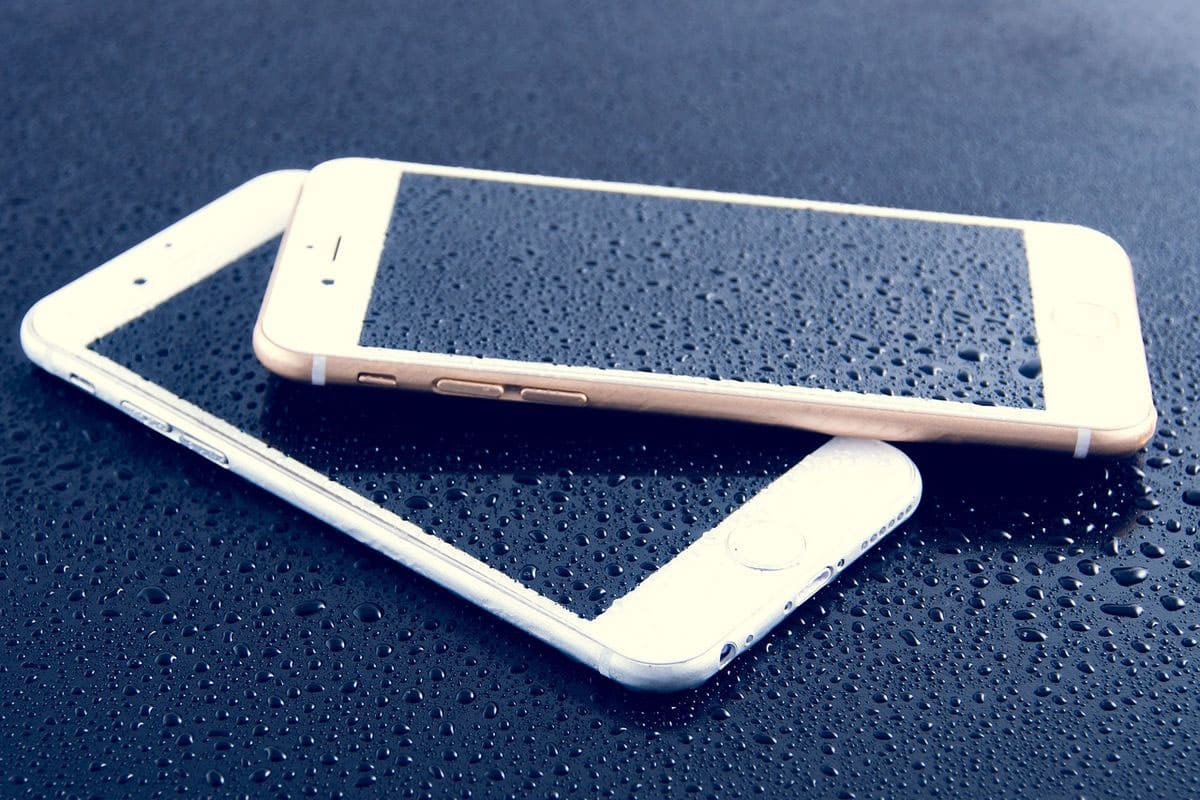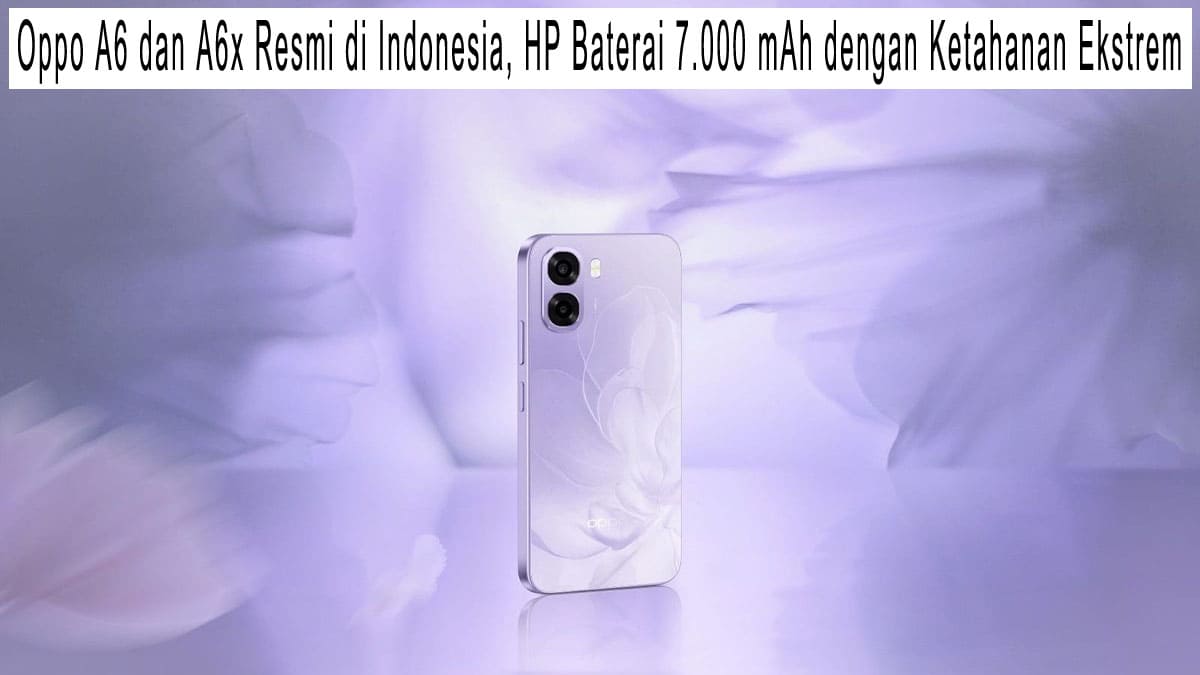
A wet phone exposed to rain requires quick handling to avoid damage.
When a smartphone gets wet from rain, its internal components are at risk due to water exposure. Immediate and proper action is crucial to prevent short circuits and permanent damage. This article outlines nine key steps—from turning off the device to ensuring it’s completely dry—written in clear, beginner-friendly language and supported by trusted sources.
1. Power Off the Phone Immediately
The first step after your phone gets wet is to turn it off right away. Forcing a wet phone to remain powered on increases the risk of short-circuiting its components. Kompas recommends shutting down the device as soon as rain exposure is noticed . Do not attempt to charge or plug the phone into a power source, as this may allow electricity to flow through moisture inside the device .
2. Remove SIM Card and Detachable Components
Once the phone is turned off, remove all accessories and detachable parts, such as:
- SIM card and memory card (microSD) to prevent water from damaging stored data .
- If possible, also remove the battery (on older phones), as well as any protective case or back cover. This facilitates internal airflow and drying.
Removing these components speeds up the drying process and prevents further moisture damage .
3. Position the Phone Correctly
To help water escape the device, place the phone so that gravity does the work. Lean it gently with the speaker or charging port facing downward . Shake the phone lightly and carefully to encourage trapped water to drip out through the openings. This positioning is effective in draining residual moisture from the internal compartments .
4. Dry the Phone’s Surface
Gently wipe the phone’s entire surface using a clean microfiber cloth or glasses-cleaning cloth . Be sure to dry the screen, buttons, back, and edges. Avoid rubbing too hard, which may scratch or damage the finish. If accessible, carefully pat dry the inside near the SIM tray or battery compartment. The goal is to remove as much surface moisture as possible before moving on to deeper drying.
5. Make use of a vacuum cleaner or speaker cleaning app
To remove moisture trapped inside:
- Water Eject or Speaker Cleaner Apps: These apps emit high-frequency sounds to push water out of the speaker grille . To let the water drain, keep the speaker side facing down after turning on the app.
- Vacuum Cleaner: Use a low-power vacuum cleaner to gently suction moisture from speaker or charging ports. To prevent internal component damage, maintain a safe distance.
These methods can help remove hidden moisture before you begin longer-term drying.
6. Store with Silica Gel Packets
To dry your phone more effectively, use silica gel—a desiccant that absorbs humidity.Put the phone in a container or sealed bag with several packets of silica gel. This is a commonly accepted technique for protecting electronics. Leave the phone in the container for at least 24–48 hours to allow complete moisture absorption. Silica gel is more efficient and safer than household alternatives like rice .
7. Avoid Using Rice to Dry Your Phone
While some people put their phones in rice to dry them, this method is not recommended . Tech experts and Apple claim that rice can leave behind tiny dust particles that could block or harm internal components. Instead, opt for silica gel or use a towel in a well-ventilated room. Using rice should only be a last resort, and only if no better alternative is available .
8. Avoid Excessive Heat
Do not attempt to dry your phone using a hairdryer or by placing it under direct sunlight . Excessive heat can damage the phone’s internal circuits and seal in moisture rather than remove it. Apple specifically warns against applying hot air or direct heat sources, as this may accelerate corrosion inside your device . Instead, let the phone air-dry at room temperature in a shaded, well-ventilated space.
9. Wait Patiently in a Dry Environment
Finally, allow your phone to rest and air out for at least 24 hours. Place it in a dry, warm (not hot) environment with good airflow. According to Apple, this drying period is essential to prevent further damage when the phone is turned back on . After sufficient time has passed, inspect the phone and cautiously power it on. If you notice abnormal behavior (like no sound, screen flickering, or unresponsiveness), bring it to a certified repair center immediately.
Conclusion:
Reacting promptly and carefully can significantly increase the chances of saving a rain-soaked phone. Power off the device, remove all detachable components, dry it thoroughly, and avoid shortcuts like heat or rice. Following these nine steps ensures that moisture is properly removed before powering your phone back on, reducing the risk of permanent damage.




